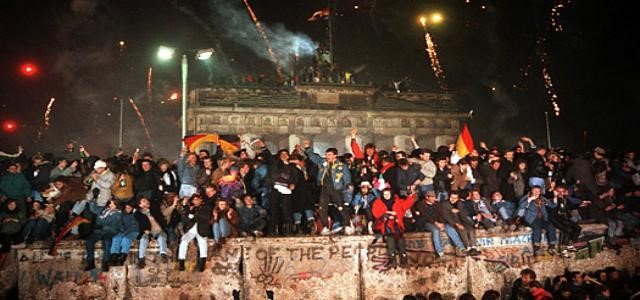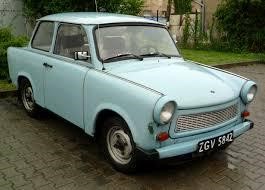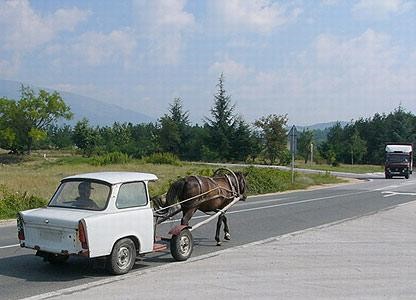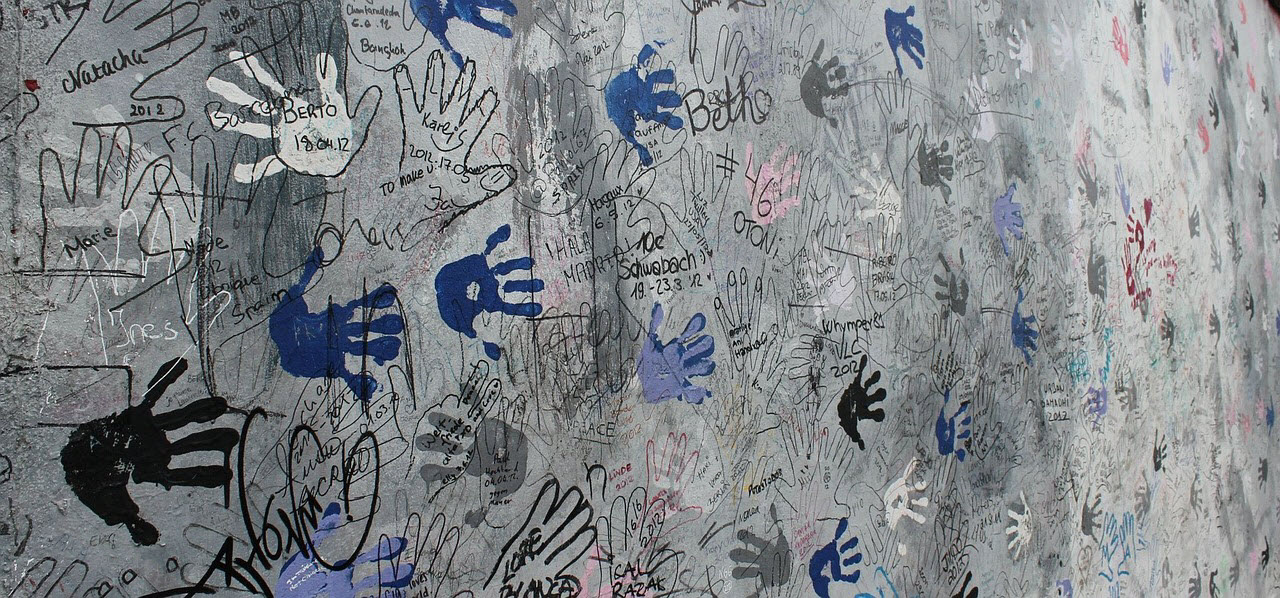The Day the Berlin Wall Fell: Memories from 30 Years Ago
I was working as an interpreter and translator in Cologne, West Germany, when the Berlin Wall came down 30 years ago.

On November 9, 1989, I was waiting at a stoplight, two blocks from my apartment. Suddenly, the music on the radio stopped, and an announcer cut in saying, “Folks, you’re not going to believe this, but the Berlin Wall is down!” I was stunned. What??? Did the announcer just say what I think he said??? This is incredible! It’s a miracle! All motorists began honking their horns and I joined them. The air was electric! Soon, church bells rang throughout the country.
Almost 370 miles away from Berlin (that’s 589.5 km, if you’re of the metric persuasion), in a town called Brühl, friends and I crammed into my tiny basement apartment and sat glued to the TV.
All television programming had stopped and commentaries were flooding in from all over the world. From London, Washington DC, Paris, South America, Australia, Africa—all were expressing their joy and congratulations to the German people until a correspondent reported from Tel Aviv. Israel’s response was guarded. A united Germany again? The pain of the holocaust was still present.

Days later, we began seeing East German cars puttering around in West Germany. Bouquets were on their windshields; these were welcome gifts from West Germans.
Soon after the Wall opened, I traveled to East Berlin to visit friends. There I got acquainted with the most infamous of East German “innovations.” The undisputed symbol of East Germany’s failure has to be its most common vehicle, the Trabant or “Trabi” as they were nicknamed. Trabant cars were pieces of junk. Riding in the back seat of my friend’s Trabi, knees up to my chin, quickly satisfied my curiosity. They were tiny, cramped, and beyond faulty in design and function.
They looked like toasters from the 1950s—but that’s an insult to toasters everywhere. Putting gas in these kleine Stinker (“little stinkers” to West Germans) required lifting the hood, filling the tank, which only held 6 gallons, adding two-stroke oil, and rocking the car back and forth to mix. The Trabi’s exhaust was an acrid, blue-grey cloud. It took at least 13 years for an East German to get one after placing an order with the VEB Sachsenring Automobilwerke: the People’s automaker.
Cash for this clunker? Uh, no.

Part 2 of this series on the anniversary of the fall of the Berlin Wall will be posted next week.





















